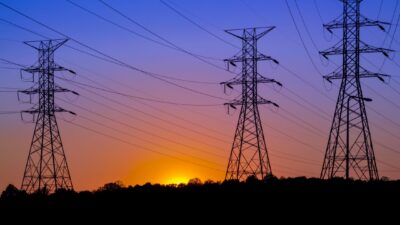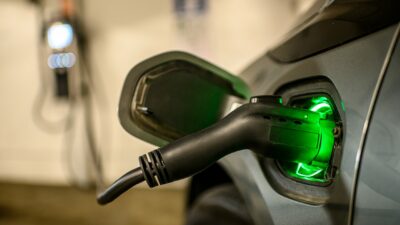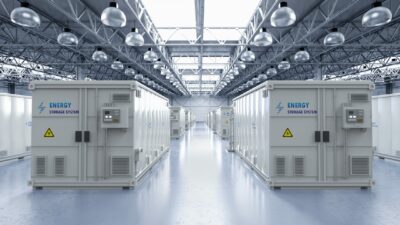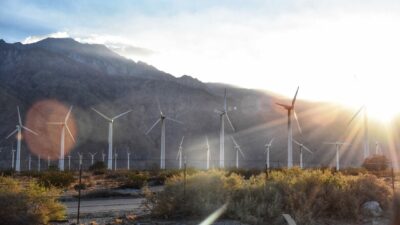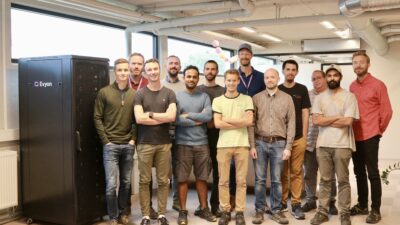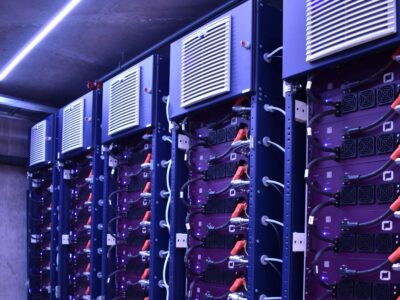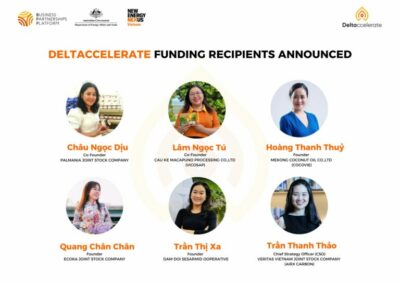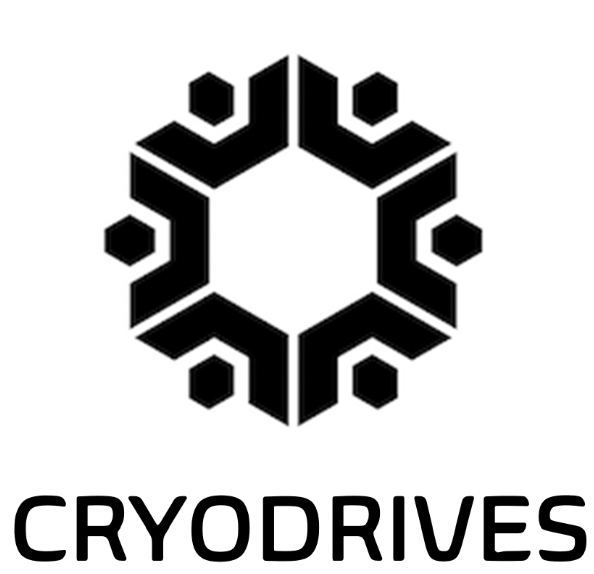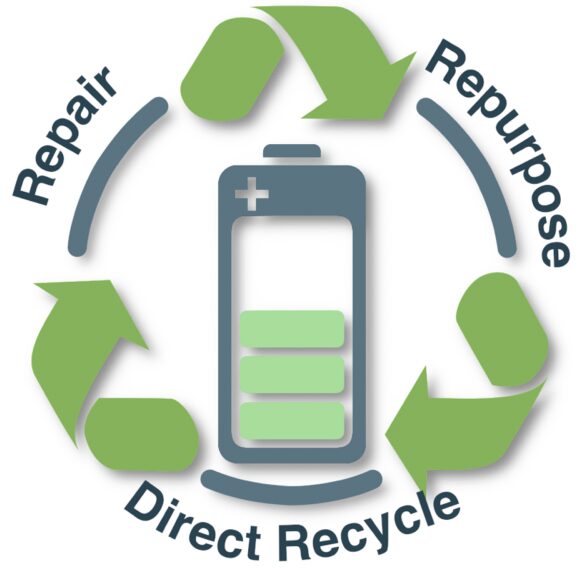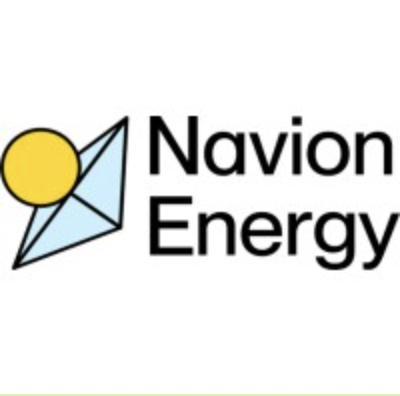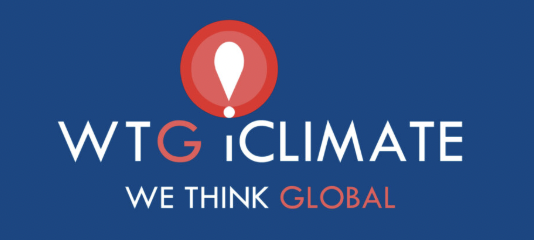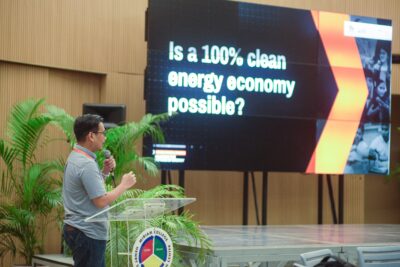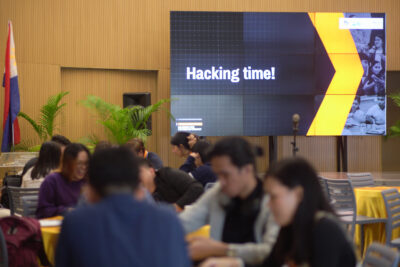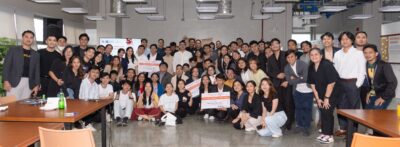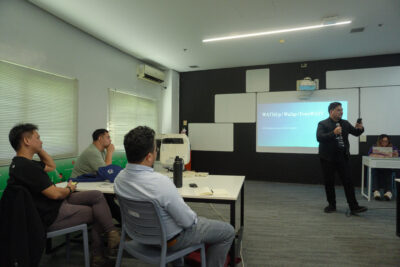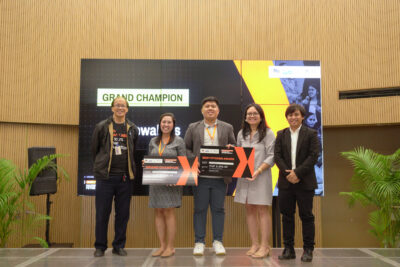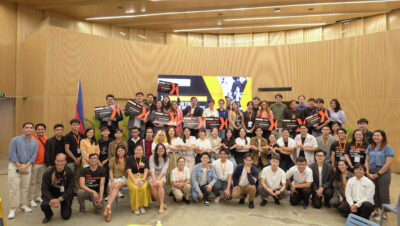Oakland, CA, 17 March 2025 – The California Sustainable Energy Entrepreneur Development (CalSEED) program is proud to celebrate the seventh annual Prototype Awards by recognizing eight groundbreaking companies: ThermoShade, Sunchem, Project K Energy, Westwood Aerogel, Sperra, Activated Energy, ExPost Technology, and Aepnus Technology. Selected through a rigorous business plan competition, each company stood out for its bold ideas and potential to transform California’s energy landscape — earning $500,000 to bring innovations closer to reality.
The business plan competition is closely coordinated with Cleantech Open (CTO). Eligible CalSEED Concept Awardees participate in CTO’s accelerator program, gaining valuable tools, insights, and mentorship to shape their business plans and pitches.
“This year’s winners are solving some of the toughest challenges facing our energy system,” said Joy Larson, Program Director of CalSEED, a program of New Energy Nexus. “From decarbonizing industrial heat to unlocking new ways to store and move energy, these teams represent the passion, ingenuity, and diversity of California’s clean energy community.”
Companies submitted business plans and pitched their ideas to panels of judges representing expertise in building start-ups, experience with industry-specific commercialization, and ability to evaluate rate-payer benefits.
The 2025 Prototype Awardees are working on technologies that address urgent needs for a more resilient and equitable energy system:
- Activated Energy is creating a solid-state carbon dioxide storage technology that uses sustainable materials to build scalable, compact energy storage systems. Their solution is non-toxic, non-flammable, and carbon-negative, providing a safer alternative to conventional energy storage while enhancing grid resilience.
- Aepnus Technology is designing low-cost electrolysis equipment to electrify and decarbonize the production of critical commodity chemicals, including lithium salts, hydrochloric acid, and caustic soda. Their technology supports the domestic production of key materials needed for the energy transition.
- ExPost Technology is developing next-generation recycling and upcycling processes for lithium-ion batteries, helping to recover valuable materials and support a circular economy for battery production.
- Project K Energy is developing potassium-ion batteries — a lithium-free, low-cost, and long-lived solution for grid-scale energy storage. Their technology uses abundant potassium materials to provide affordable, energy-efficient storage at scale. Project K Energy is partnered with the U.S. Department of Energy’s ARPA-E and the California Energy Commission to bring this next-generation battery technology to market.
- Sperra (formerly RCAM Technologies) is developing Marine Pumped Hydroelectric (MPH) Storage pods that integrate with California’s floating offshore wind farms. This long-duration energy storage solution uses 3D-printed concrete spheres on the seafloor to store and release electricity, enabling reliable renewable energy delivery.
- Sunchem is advancing nanotechnology-based filtration systems to selectively extract critical metals from complex water mixtures, helping industries improve water quality while recovering Sunchem’s valuable materials from waste streams.
- ThermoShade is piloting patent-pending composite panels that integrate multiple passive cooling technologies, including phase change materials, to reduce building cooling costs and energy consumption. The panels can be affixed to an outdoor structure and create a shady space that feels up to 20°F cooler than under a basic awning and can replace shade structures, fans, and evaporative cooling solutions.
- Westwood Aerogel is pioneering advanced aerogel insulation materials using a novel ambient drying process. Their continuous production method significantly reduces energy consumption compared to traditional aerogel manufacturing, making high-performance insulation more accessible and sustainable.
“We are honored to receive the Prototype Award, which supports the development of California’s first lithium battery direct recycling/upcycling pilot line,” said Benson Lam, CEO of ExPost. “This funding accelerates ExPost’s mission to commercialize an economical, environmentally friendly direct recycling technology—helping to build a circular battery economy and reinforce California’s leadership in clean energy.”
“We express our sincere gratitude to the California Energy Commission (CEC) and CalSEED for their generous funding of Activated Energy’s long-duration energy storage system,” said Cullen Quine, co-founder of Activated Energy. “This support will significantly enhance community-scale grid resilience during severe weather events and enable more efficient energy load shifting for electric utilities across California, contributing to a more reliable and sustainable energy future.”
CalSEED is a program of the New Energy Nexus, a global clean energy entrepreneur support network. It is funded through the California Energy Commission’s EPIC program, which invests approximately $130 million annually to advance clean energy technologies that benefit California’s ratepayers and communities.
The CalSEED community includes over 165 startups inventing new energy solutions, creating good jobs, and building a cleaner, more equitable energy system for all.



